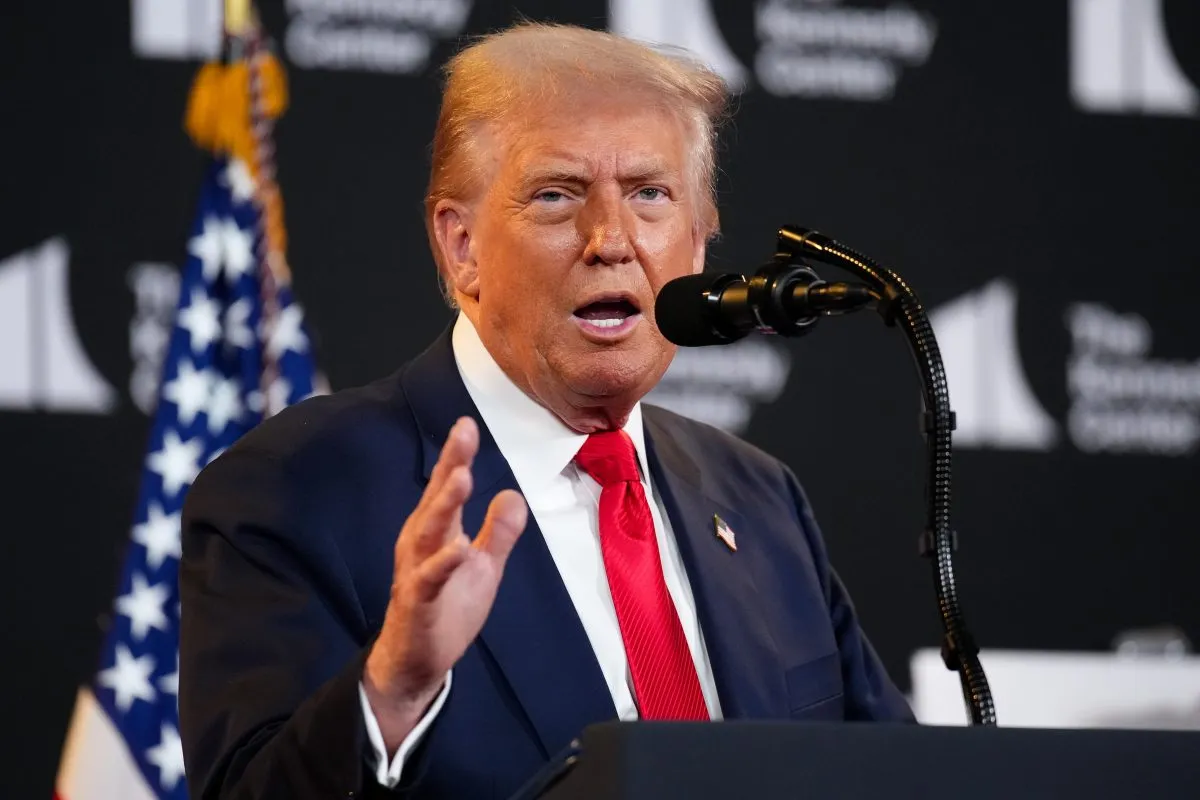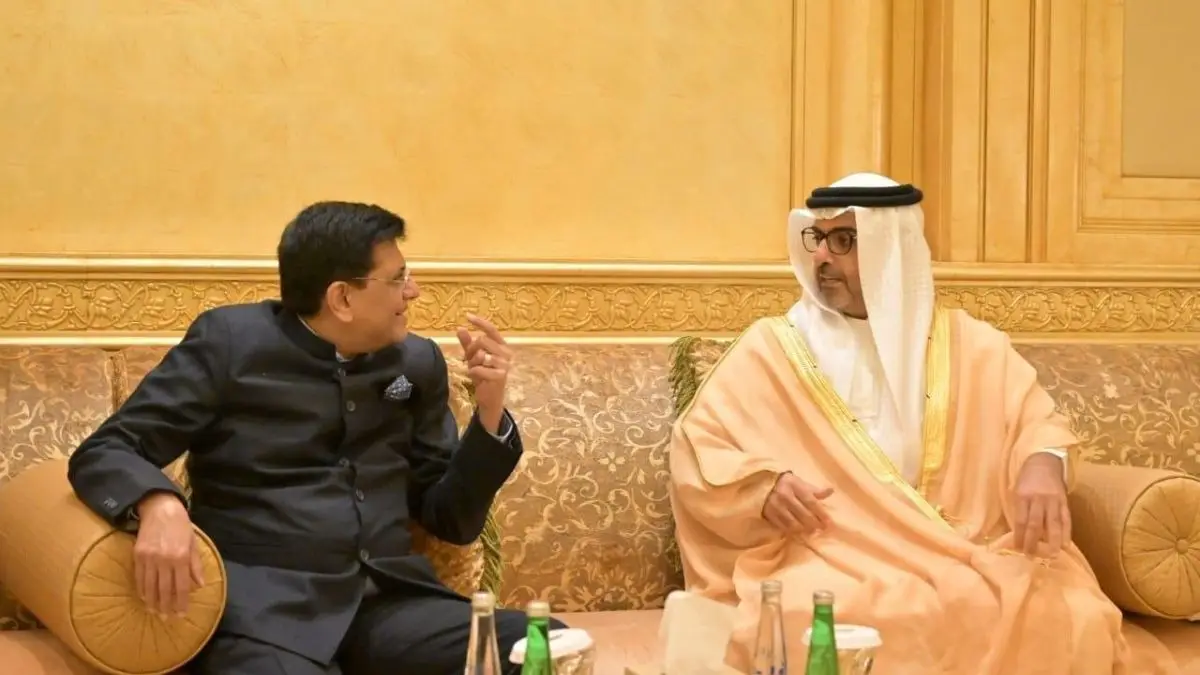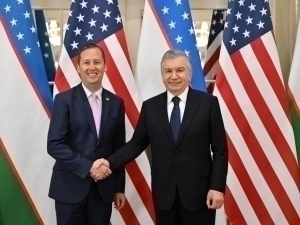By Saskia Koopman
Copyright cityam

The UK’s film and television sector is a significant component of the national economy, and its future is now a central topic in transatlantic trade talks.
US President Donald Trump has proposed a 100 per cent tariff on films produced outside the United States, a move he says is aimed at reversing what he calls the “theft” of Hollywood’s domestic production base.
The UK’s creative industries, which were a bright spot in the economy, must now contend with a policy that could fundamentally alter the industry’s business model.
The UK’s success has been driven by a competitive and well-developed tax incentive system.
According to the British Film Commission, the UK’s film and high-end television production expenditure rebounded to £5.6bn in 2024, a 31 per cent increase from the previous year.
A substantial portion of this, £4.8bn, came from inward investment and co-productions, demonstrating the UK’s strength as a destination for international filmmaking.
This growth is directly linked to the UK’s Audio-Visual Expenditure Credit (AVEC), which provides a tax credit of up to 25.5 per cent on qualifying expenditure.
For major US-based studios and streamers, this has translated into significant cost savings on large-scale productions.
Recent figures show that Disney, a key player in the UK market, has received over £1.7bn in subsidies from the UK government over the last 15 years.
This financial mechanism has been a key factor in the UK’s ability to attract blockbuster projects, with the making of films like Barbie, which contributed over £80m to the UK economy, and Wicked, which filmed at Sky Studios Elstree, showing just the deep integration of US projects within the UK’s production infrastructure.
This symbiotic relationship, in which American intellectual property is developed using British talent and facilities, has been a cornerstone of the sector’s growth.
The economic ramifications
The proposed tariff, however, presents a series of unanswered questions for the industry.
A key issue is how such a tariff would be applied to projects that are financially and creatively international in nature.
Modern filmmaking is a distributed process, with scripting, filming, post-production, and music often worked on across different countries. It is not clear how the US would legally or practically define a “foreign-made film” in this context.
As Dan Coatsworth, investment analyst at AJ Bell, said: “The threat of 100 per cent tariffs on movies made outside of the US raises more questions than it does answers”.
“Filmmakers have been progressively lured by tax incentives that come from shooting movies in other parts of the world, and the Los Angeles film industry has lost its glitz and glamour,” he added.
For the UK, the primary concern is the potential impact on jobs and investment.
The film sector relies heavily on a freelance workforce, and a sudden downturn in US-backed productions could have a significant effect on thousands of skilled professionals.
Meanwhile, the recent US tariff discussions on UK steel exports, which were initially subject to a 25 per cent tariff, demonstrate the potential for trade disputes to spill over into other sectors.
The UK eventually negotiated a lower tariff of 25 per cent after a zero per cent deal fell through.
A parallel has formed with the film industry, where a protectionist policy by the US has the potential to disrupt a well-established and mutually beneficial trade relationship.



